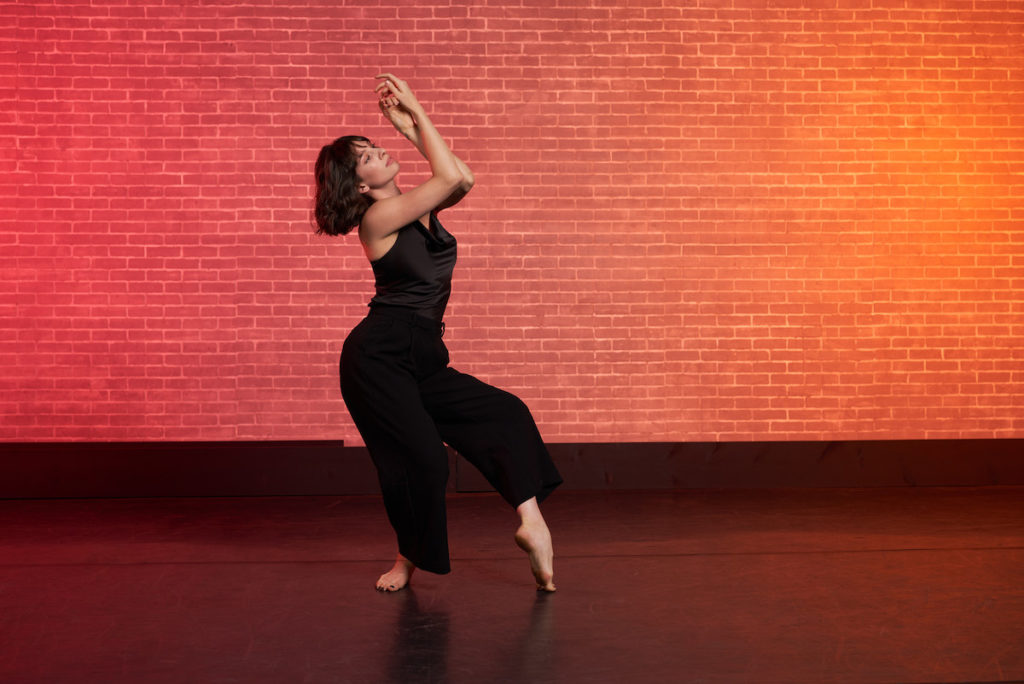As you learn more about dance, you are going to hear something called “textures” referenced a lot. But what are textures? And more to the point, how can you create them? Here’s a quick rundown of the idea of textures.
Movement Expressed As A Feel

The simplest way to describe textures in dance is this: Textures are how the move feels to the dancer when it is being executed and what that move looks like to the viewer. Imagine this: There is a brick wall in front of you, and directly in front of the wall is a cement curb. What would it look like if you were to step up on that hard cement curb with one foot on then reach out and run your hands down the face of that brick wall? Your step would appear firm and solid, right? And your hands would be up against something hard, unyielding, and a little abrasive. Imagine trying to mimic those moves without the curb and the brick wall. You’d be portraying a lot of friction and boundaries, wouldn’t you?
Now imagine this: Instead of a curb in front of you, there’s a mud puddle and instead of stepping up you are stomping into it. And there’s no brick wall this time either. This time there’s a big bush full of soft leaves and flower petals that you are running your fingers through. Take away the puddle and the bush, and try to copy those movements. Your foot comes down harder than on the cement curb, and the mud is more giving. And your hands are looser and freer as they flow through the leaves and flowers, right? The audience can see a definite difference between these expressions too. Those are textures!
Motion Meets Music

Now because we are talking about dance and not pantomime, textures aren’t just theatrical motions with different gradients of tension, resistance, looseness, and ease. More than anything else, dance textures are expressions of the dance music. Music with a hard, four-on-the-floor beat and lots of percussion would probably have dance choreography that reflected that powerful rhythmic arrangement. Many stomps and spins, perhaps, and some strong arm movements full of tension and release.
Contrast this with “softer” music, like a piece with flute, violin, bells, and congas. You can see that the movements would likely be looser, more fluid, and perhaps performed with a higher degree of nuance. The dancer’s feet wouldn’t stomp and jump; they would glide, slide, and shuffle. Maybe a smooth forward leap would be appropriate. The important thing to remember is the dance’s textures are a visual representation of the music. A choreographer pays close attention to texture when planning a piece.
Practice Makes Perfect

Now that you understand the basic idea of texture, it’s time to go look for it. One of the best ways to learn about dance is to watch other people doing it. Put on a dance video that you enjoy, and watch for the dancer’s textures. Remember, as a dancer you are portraying not only movement but the friction that movement creates. Some textures have almost no friction, as if you are flying through the air on a dance floor cloud in the sky. Others might create the sensation of running through a heavy rain, shaking water off your clothes while you spin on a slick sidewalk. Listen to the music and try to visualize what moving with it would look like. Can you move loose and fast, or are you more confined in your motion and can only go slowly and with great effort? Perhaps your feet are on an easy and frictionless surface but something is pushing against your arms and body. See how the dancers make the music into movement? It’s your turn to do that, and textures are your tools!
Try dancing online with CLI Studios and practice adding your own textures to your movement today!

